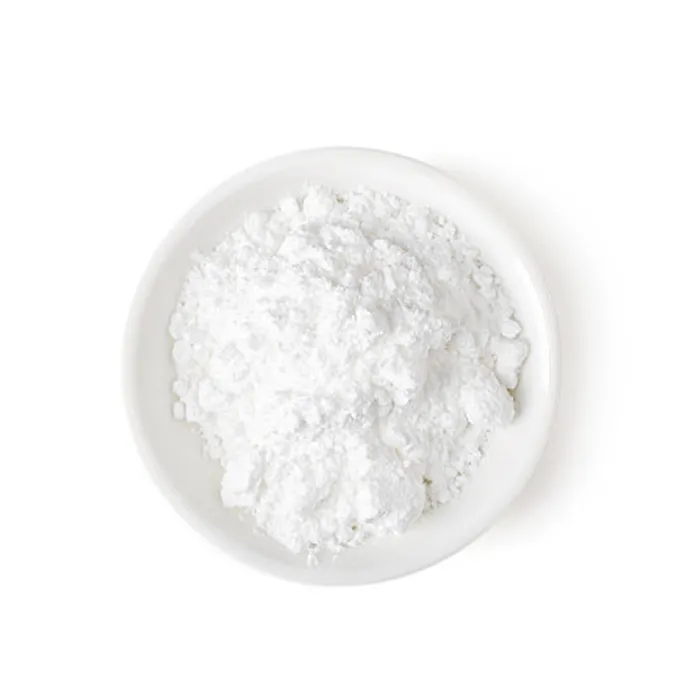Physical Water Treatment An Essential Approach for Sustainable Water Management
Water is an essential resource for life, supporting everything from human health to agricultural production. However, the increasing global demand for clean water, coupled with pollution and environmental degradation, poses significant challenges to water supply systems. In this context, physical water treatment methods have emerged as vital techniques for ensuring water quality. This article explores the principles, techniques, and benefits of physical water treatment in the broader scope of sustainable water management.
Principles of Physical Water Treatment
Physical water treatment encompasses a range of processes that primarily rely on physical mechanisms to separate contaminants from water. Unlike chemical treatment methods that involve the addition of chemicals to alter water's properties, physical methods focus on employing physical forces or attributes. Common physical treatment methods include sedimentation, filtration, flotation, and adsorption.
1. Sedimentation This process involves the gravitational settling of suspended particles in water. By allowing water to stand in a tank for a specified period, denser particles settle at the bottom, forming sludge, while cleaner water remains at the top. Sedimentation is often the first step in water treatment, effectively reducing turbidity.
2. Filtration Filtration entails the passing of water through a porous medium, which traps and removes contaminants such as sediments, bacteria, and organic matter. Various filtration methods, including sand filters, activated carbon filters, and membrane filters, can be employed depending on the specific water quality needs.
3. Flotation This technique uses air bubbles to lift suspended solids to the surface of the water, where they can be removed. Flotation is particularly effective in treating wastewater and is often used to remove oil and grease.
4. Adsorption Adsorption involves the attachment of contaminants onto the surface of an adsorbent material, such as activated carbon. This method is effective in removing dissolved organic compounds, heavy metals, and other contaminants from water.
physical water treatment

Benefits of Physical Water Treatment
Physical water treatment offers several advantages that make it an attractive choice for managing water quality
- Simplicity and Cost-effectiveness Many physical treatment methods are relatively inexpensive and easy to implement. They do not require complex chemical handling or extensive safety measures, making them accessible for communities and facilities with limited resources.
- Minimal Chemical Usage By relying predominantly on physical processes, physical water treatment minimizes the need for chemical additives. This is advantageous for protecting aquatic ecosystems and reducing chemical-related health risks to humans and animals.
- Effectiveness in Various Conditions Physical treatment methods can be effective in a myriad of contexts, from rural water purification systems to large-scale municipal treatment plants. This versatility makes them suitable for diverse water quality challenges.
- Sustainable and Eco-friendly These methods align well with sustainable water management practices. By promoting natural processes and minimizing environmental impact, physical treatment supports the broader goal of maintaining ecosystem health.
Conclusion
As the demand for clean and safe water continues to rise, the importance of effective water treatment solutions cannot be overstated. Physical water treatment, with its array of techniques and numerous advantages, plays a crucial role in safeguarding water quality. By integrating these methods into comprehensive water management strategies, communities can ensure a sustainable supply of clean water, protect public health, and contribute to the preservation of vital water resources for future generations. Investing in research, development, and implementation of efficient physical water treatment systems will be essential in addressing the pressing water challenges of today and tomorrow.

